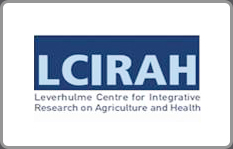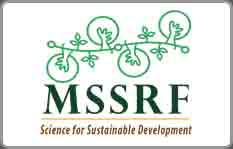Could we get adolescent girls to improve the nutrition status?

BRAC Afghanistan has been piloting a ‘Collective Vegetable Gardening’ concept planned for adolescent girls under LANSA’s second Responsive Window Grant funds. The study looks at promoting vegetable consumption as a key source of vital micronutrient by introducing the girls to vegetable gardening. This blog details how getting a group of Afghan adolescents to grow vegetables collectively can help improve their consumption of vegetables, and this practice in time can improve the nutrition status of the girls.
Undernutrition in Afghanistan – a bleak picture
The National Nutrition Survey (2013) reveals 8% of adolescent girls (10-19 years) are thin and 1.5% are severely thin according to body mass index (BMI). Similarly, 9% of women of reproductive age (15-49 years) are thin or undernourished. Many of them (40%) are also suffering from anemia. In terms of micronutrient deficiencies, vitamin A deficiency is markedly more common in children 6-59 months of age (50.4%) than among women of reproductive age (11.3%). Zinc deficiencies are observed among both women and children, with prevalence rates of 23.4% and 15.1% respectively.
Our initial survey and findings
We conducted a survey in the study areas and found similar figures to the national estimates. The survey also found the association between the malnutrition of the adolescent girls and women in reproductive age and the frequency of vegetables consumption. Other reasons include lack of knowledge and food insecurity.
A little more than half of the adolescents reported to have no knowledge about the nutrition value containing in vegetables. Vegetables such as potato, bean seed, tomato, spinach were consumed, though irregular. Availability of vegetables was also important factor in this regard. We found that during winter season, there is almost no production of vegetables in the study areas.
Also, participation of adolescent girls in agriculture is historically very low in Afghanistan. Most of the population surveyed did follow the custom of not allowing girls and women to engage in cultivation. This stems from a rooted belief that adolescent girls and women should not work outside of home, and thus by virtue of extension cannot engage in agricultural work in fields. Only very few Afghans consider themselves ‘relatively liberal’ and they encourage female folk to be involved agriculture.

Our initiative - Engaging adolescent girls in collective vegetables cultivation
Given this context, we are piloting a collective vegetable gardening intervention by adolescent girls that we believe will help in promoting vegetable consumption among them. This effort will try and ensure that key sources of vital micronutrients will eventually be part of their daily diets.
Process evaluation has begun to demonstrate that collective vegetables cultivation by adolescent girls does bring about a tremendous change in the following ways. Firstly, this intervention has enhanced the girls’ knowledge and family members have also begun to understand the many vitamins and minerals in the vegetables that are grown. Secondly, they now understand the importance of eating vegetables. Most girls began reporting that now eat onions, tomatoes, garlic and green chillies on a daily basis almost. They were frequently consuming eggplant, beans, potato, okra, spinach and pea as well - about eight-nine times a week. Analysis also demonstrates that the frequency of vegetable consumption in a week ranged from five to 11 times along with rice in some cases. In general, consumption of vegetables by the adolescent girls and their family members increased after the intervention. The consumption of okra, pumpkin, tomato, coriander and eggplant had increased a lot after the intervention when compared to other vegetables.
There is now a realisation that collective vegetable cultivation by adolescent girls could create a ‘window of opportunity’ for vegetable consumption!
Linkages are important to promote vegetable cultivation by adolescent girls, and this will make them empowered, thus contributing to their family’s wellbeing. Policy-makers, particularly the government of Afghanistan, could replicate the LANSA-BRAC pilot intervention and help address the undernutrition situation for the future mothers of Afghanistan.








Add new comment